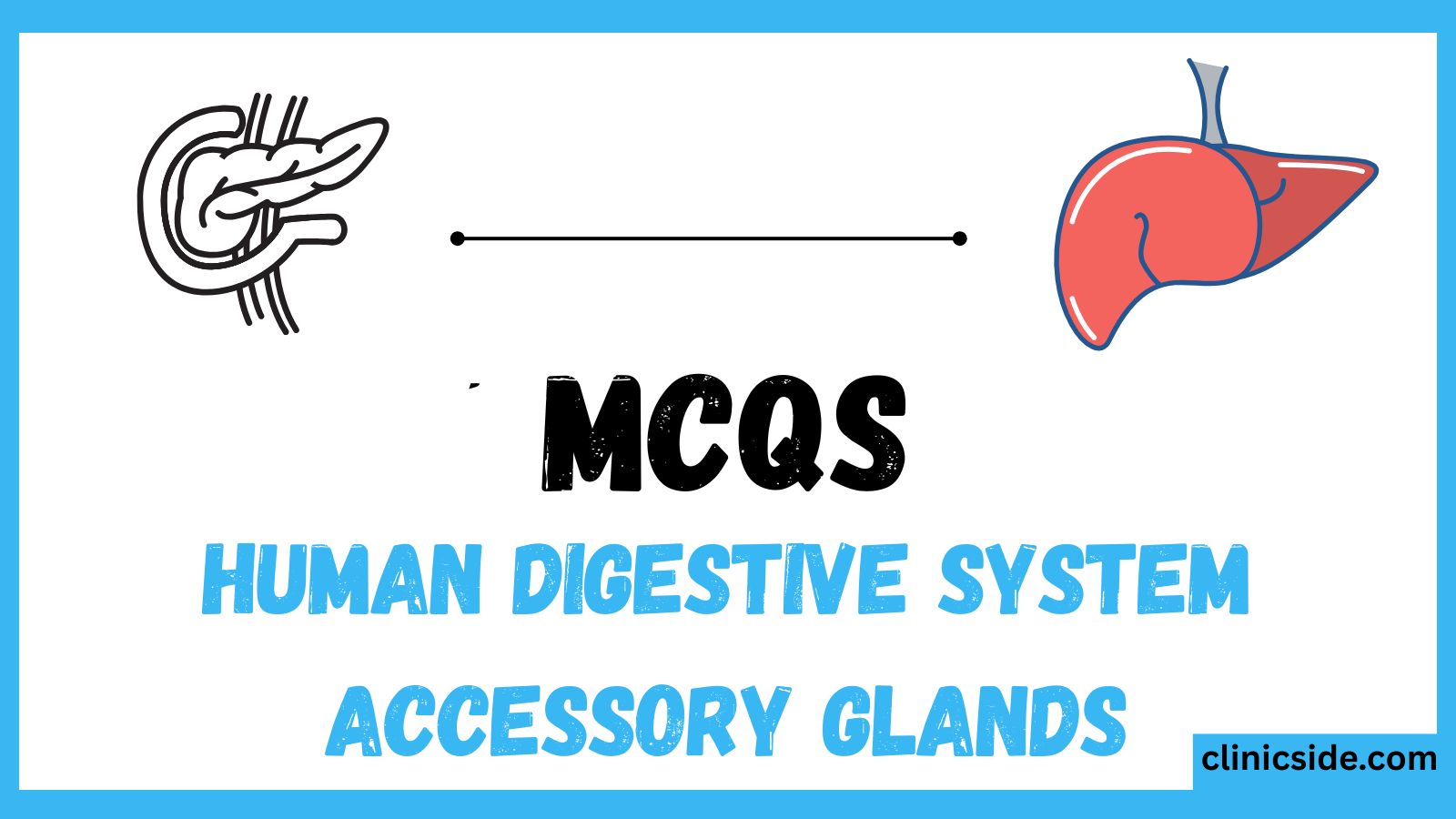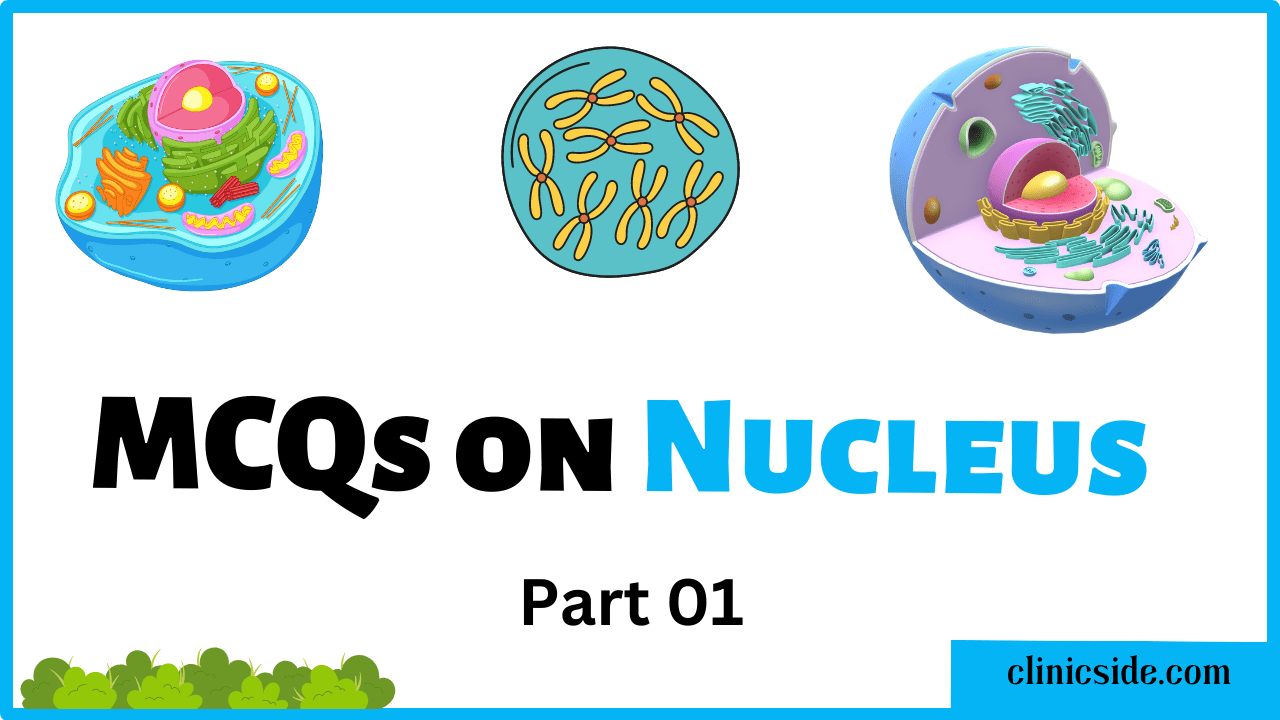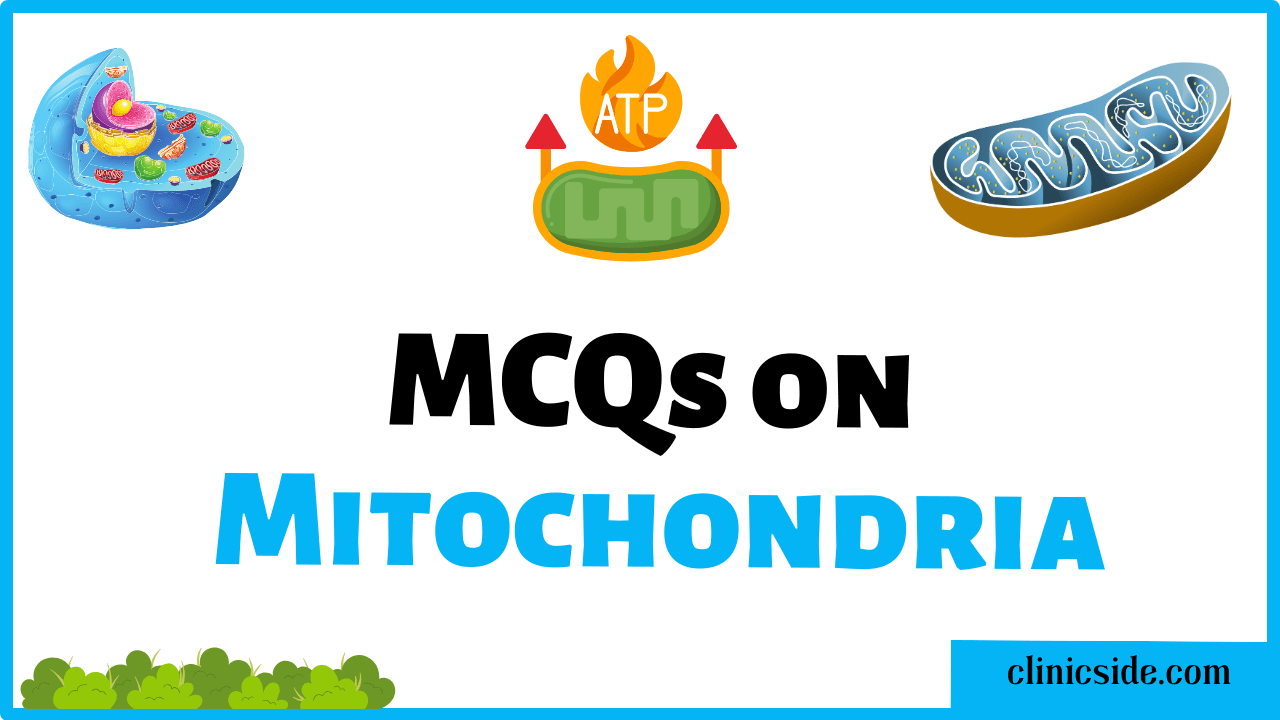Have you ever wondered how your body breaks down the food you eat into nutrients? While the stomach and intestines do the heavy lifting, some very important helpers work behind the scenes. These are called accessory glands. In this blog, we’ll explore what accessory glands are, their types, and how they assist the digestive system.
Whether you’re preparing for exams or just curious, this is your go-to guide to the accessory glands of the human digestive system.
Quiz
Available options: 1 to 20
What Are Accessory Glands?
Accessory glands are organs that are not part of the main digestive tract (like the stomach or intestines), but they play a vital role by producing enzymes and fluids that help in digestion.
They are called “accessory” because they support digestion without being directly part of the tube-like passage food travels through.

Major Accessory Glands in the Human Digestive System
Let’s explore the three major accessory glands and how they help in digestion:
1. Salivary Glands
- Location: In the mouth (around the jaw and tongue)
- Function: These glands produce saliva, which:
- Moistens food
- Starts the digestion of carbohydrates with the enzyme amylase
- Makes chewing and swallowing easier
There are three main types:
- Parotid glands (near the ears)
- Submandibular glands (under the jaw)
- Sublingual glands (under the tongue)
Without the salivary glands, digestion wouldn’t begin properly in the mouth.
2. Liver
- Location: Upper right side of the abdomen
- Function:
- Produces bile, a greenish fluid that helps break down fats
- Detoxifies harmful substances
- Stores nutrients like iron and vitamins
Although bile does not contain enzymes, it makes fats easier to digest and absorb.
3. Pancreas
- Location: Behind the stomach
- Function:
- Produces digestive enzymes (amylase, lipase, trypsin) that digest carbohydrates, fats, and proteins
- Releases insulin, a hormone that helps control blood sugar levels
The pancreas is a powerhouse among accessory glands it handles both digestion and blood sugar regulation.
How Do Accessory Glands Help in Digestion?
Here’s a step-by-step overview:
- Salivary glands begin digestion in the mouth with saliva.
- As food enters the stomach, it gets broken down further.
- The pancreas releases enzymes into the small intestine to continue digestion.
- The liver produces bile, which is stored in the gallbladder and sent into the small intestine to help break down fats.
All these accessory glands work together to ensure food is digested into small molecules that your body can absorb.
Table Summary: Accessory Glands at a Glance
| Gland | Secretion | Function |
|---|---|---|
| Salivary Glands | Saliva (amylase) | Starts digestion of carbohydrates |
| Liver | Bile | Helps break down fats |
| Pancreas | Digestive enzymes, insulin | Breaks down all food groups and regulates sugar |
Summary
The accessory glands are vital helpers in the human digestive system. Though they are not part of the main digestive tube, they provide fluids and enzymes that make digestion possible. The salivary glands, liver, and pancreas each perform unique roles to ensure your body gets the nutrients it needs.
So, the next time you eat your favorite snack, remember your accessory glands are hard at work behind the scenes!





